#paleovember
Text
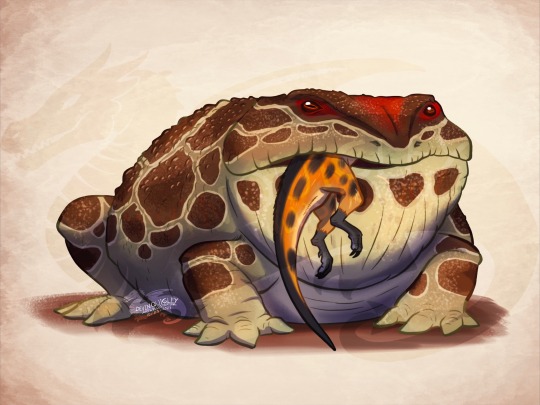
Paleovember 2023, Beelzebufo!
Coming from Late Cretaceous Madagascar, this was the largest frog to ever exist, growing up to the size of a dinner plate. Much like modern frogs, this ‘devil toad’ would have been a predator, and its size would have enabled it to feed on a wide variety of small animals, including baby dinosaurs.
#beelzebufo#devil toad#toad#frog#frog art#paleoart#paleontology#Paleovember#animal#prehistoric#illustration#art#artwork#cartoon#creaturedesign#procreate#artist on tumblr
306 notes
·
View notes
Photo

A little Thing for @stefan.besendorfer 's #Paleovember ^^ . . . #australopithecus #supermariooc #orginalcharacter https://www.instagram.com/p/Ck6mf3ss0P1/?igshid=NGJjMDIxMWI=
0 notes
Photo
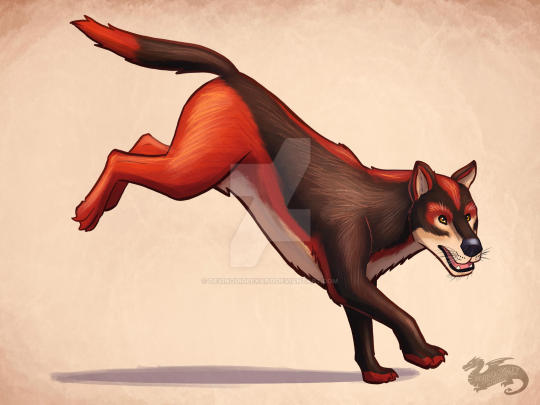
“Paleovember 2021, Aenocyon dirus, The Dire Wolf” by DevinQuigleyArt on DA
3 notes
·
View notes
Photo
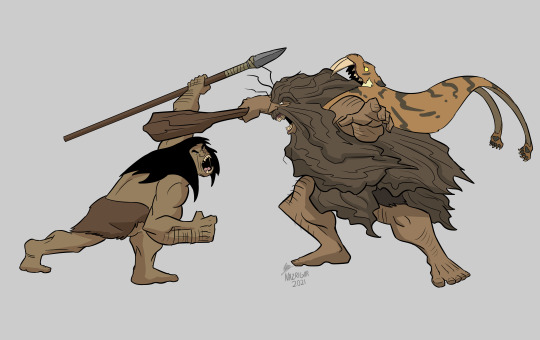
Today’s Paleovember, Spear vs Captain Caveman!
I’m also on Instagram and Twitter !
Support me on Ko-Fi! as well!
#captain caveman#primal#spear#genndy tartakovsky#adult swim#fan art#primalspear#paleovember#neanderthal#my art#nazrigart
43 notes
·
View notes
Photo

Oviraptor the ‘’egg stealer’’ that lived in Mongolia during the late Cretaceous. I watched a documentary not that long ago that Oviraptors might not be egg stealers but rather verry protective over thir eggs. You can watch it here
#oviraptor#bird dinosaur#dinosaur#dinosaurs#dinovember#dinosaur art#paleoart#fossil#paleovember#huevember#pink#purple#magenta#plum#late cretaceous#cretaceous#digital art#illustration#my art
71 notes
·
View notes
Photo

Paleovember
Day 2- Amargasaurus
31 notes
·
View notes
Photo
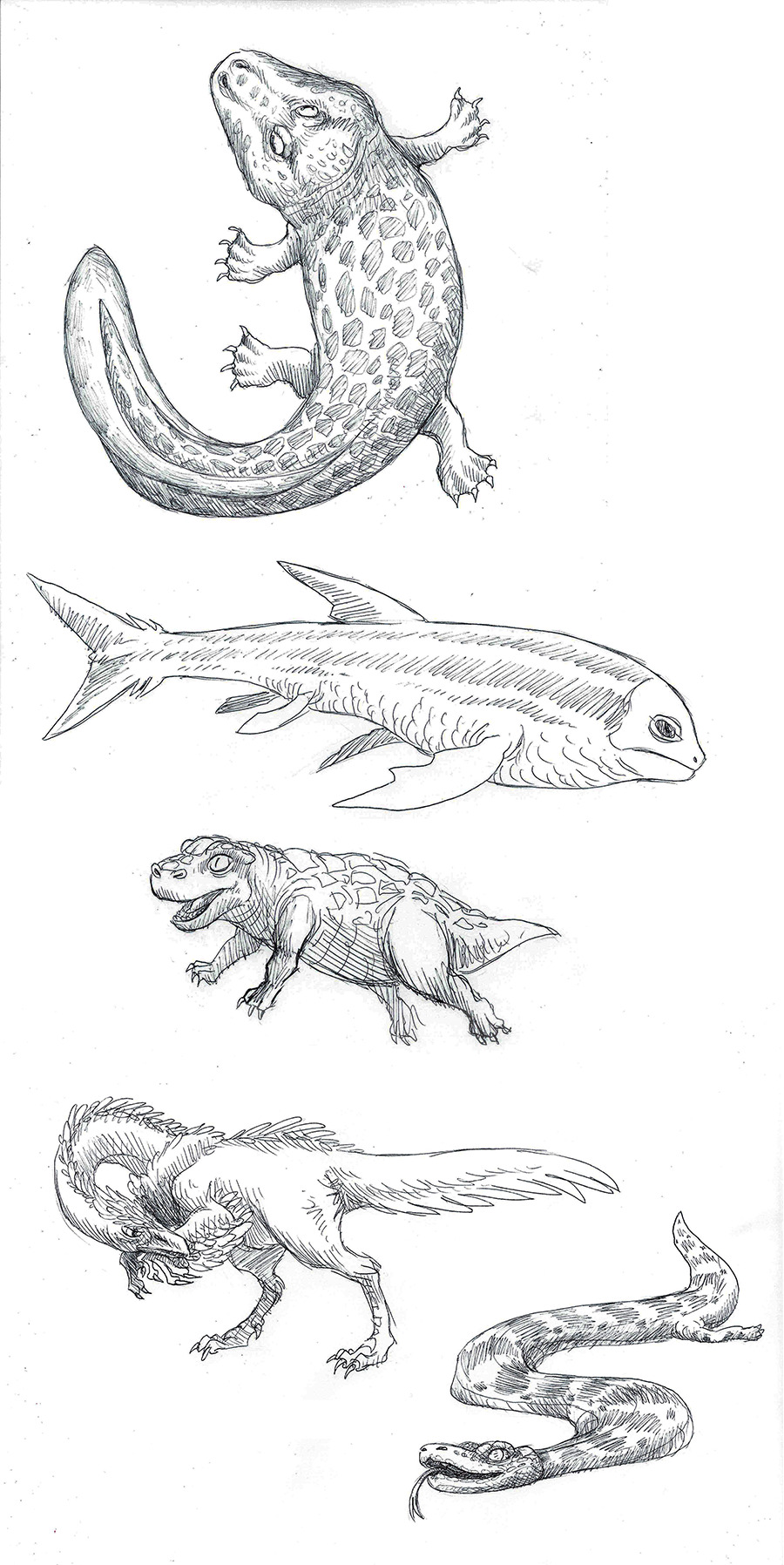
Paleovember Set 5
21-Tiktaalik
22-Simosuchus
23-Leedsichthys
24-Struthiomimus(Free/Break)
25-Pachyrhachis
52 notes
·
View notes
Text
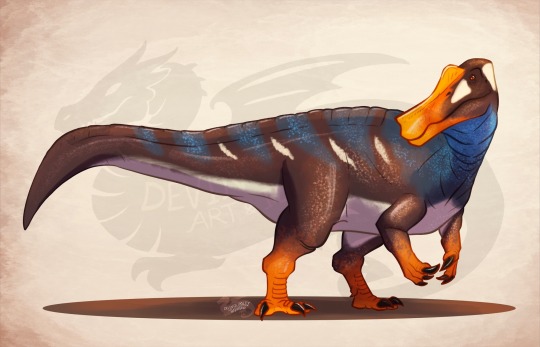
Paleovember 2023, Irritator challengeri !
Hailing from Brazil during the Early Cretaceous, this spinosaurid's name derives from the fact that it's nearly complete skull had been heavily damaged and altered by the collectors who found it (along with a reference to Professor Challenger in Sir Arthur Conan Doyle's The Lost World. ). Based on the remains we do have, Irritator leans on the smaller side for spinosaurids, estimated to be between 20 to 26 feet long. At the same time, though, the specimen was found to be a juvenile, so it potentially grew to be much larger as an adult.
#dinosaur#irritator#spinosauridae#early cretaceous#brazil#mesozoic#illustration#art#paleontology#paleoart#Paleovember#prehistoric#artwork#art challenge#procreate#artist on tumblr
154 notes
·
View notes
Text
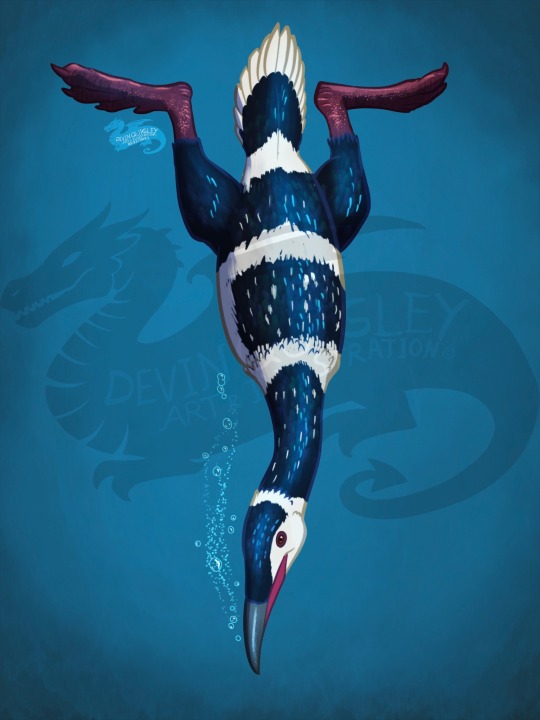
Paleovember 2023, Hesperornis!
Dating back to the Late Cretaceous (and possibly right up to the end of the period), Hesperornis was a flightless, cormorant-like bird that measured up to 6 feet long. It was a marine creature, swimming in the Western Interior Seaway that stretched from Canada, through Kansas, and into Mexico, and had to deal with all of the other marine horrors that swam through there as well. Being on the small side in this nightmare aquarium, Hesperornis survived by being agile in the water, while keeping itself sustained with a beak lined with needle-sharp teeth. Unlike penguins, it wouldn't have been able to walk on it's hind legs, and probably hauled itself on it's belly onto shore like a seal.
#cretaceous period#Hesperornis#bird#sea birds#paleontology#paleoart#Paleovember#illustration#art#artwork#digitalart#drawing#animal art#procreate#prehistoric#artist on tumblr
80 notes
·
View notes
Text

Paleovember 2023, Pteranodon longiceps! One of the most famous pterosaurs, this animal once held the title of the largest known flying animal ever (until the discovery of azhdarchids) with its 18 foot wingspan. Males were nearly double the size of females, indicating that their social structure was based around a single male with his harem of females.
#pteranodon#late cretaceous#pterosaur#paleontology#paleoart#Paleovember#mesozoic#animal#illustration#art#artwork#digitalart#drawing#creaturedesign#procreate#artist on tumblr
86 notes
·
View notes
Text
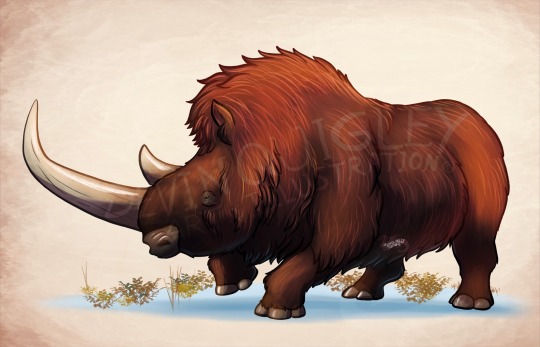
Paleovember 2023, Coelodonta AKA The Woolly Rhino!
Much like it's proboscidean counterpart, the Woolly Rhino was a familiar sight all across Eurasia during the Ice Age (though it never crossed the Bering Land Bridge into the Americas). It was well adapted for it's frigid environment, with it's thick fur coat keeping it warm and it's 3 foot long horn able to sweep away snow to uncover food. It is also well attested in cave art, which give us a good idea of how the animal looked in life!
#woolly rhinoceros#rhinoceros#rhino#ice age#pleistocene#paleoillustration#paleoart#paleontology#mammal#illustration#Paleovember#art#art challenge#procreate#artist on tumblr
71 notes
·
View notes
Text
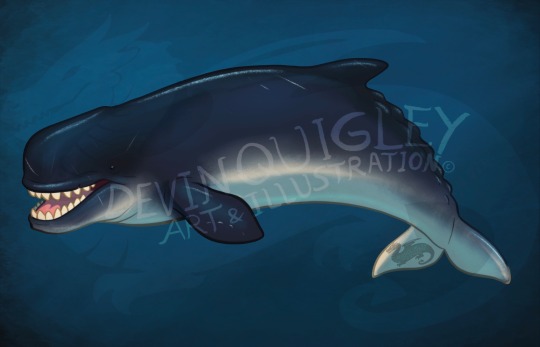
Paleovember 2023, Livyatan melvillei!
So it turns out that Megalodon wasn't the only giant sea monster prowling the oceans during the Miocene, far from it! This relative of the modern sperm whale measured up to 57 feet long, and while modern sperm whales only have teeth on the lower jaw, Livyatan had VERY large teeth on both jaws. This made it a terrifying macroraptorial predator, and in it's heyday would have preyed on everything from seals to other whales, and would have been a major rival to Megalodon.
#livyatan#whale#sperm whale#miocene#sea monster#paleoart#paleontology#evolution#prehistoric#animal art#illustration#art#artwork#cartoon#digitalart#drawing#procreate#art challenge#artist on tumblr#Paleovember
58 notes
·
View notes
Text

Paleovember 2023, Toxodon! A bizarre notoungulate mammal from South America during the Pleistocene, its skull helped inspire Charles Darwin’s theory of natural selection!
#Toxodon#pleistocene#ice age#cenozoic#mammal#south america#paleoart#paleontology#illustration#art#artwork#cartoon#creaturedesign#procreate#Paleovember#artist on tumblr
68 notes
·
View notes
Text
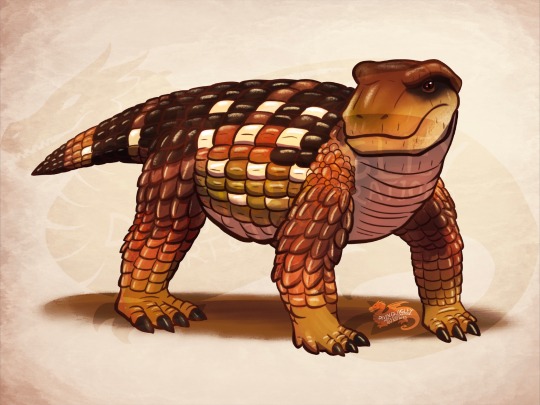
Paleovember 2023, Simosuchus!
It's a well-established phenomenon in evolutionary biology that islands tend to produce some WEIRD creatures found nowhere else on the planet. This is true for Madagascar, and it turns out this has been the case well since the Late Cretaceous. Back then, Madagascar was home to creatures like Majungasaurus and Beelzebufo, but also this little guy, Simosuchus. This 2.5 foot long reptile was a distant relative of modern crocodiles that, instead of being semi-aquatic ambush predators, opted to be terrestrial herbivores, probably due to the lack of other small terrestrial herbivores on the island at the time.
#simosuchus#notosuchia#crocodile#madagascar#late cretaceous#prehistoric#reptile#illustration#paleontology#paleoart#paleoillustration#Paleovember#art#artwork#cartoon#drawing#animal art#procreate#artist on tumblr
47 notes
·
View notes